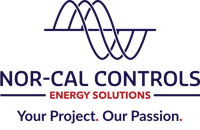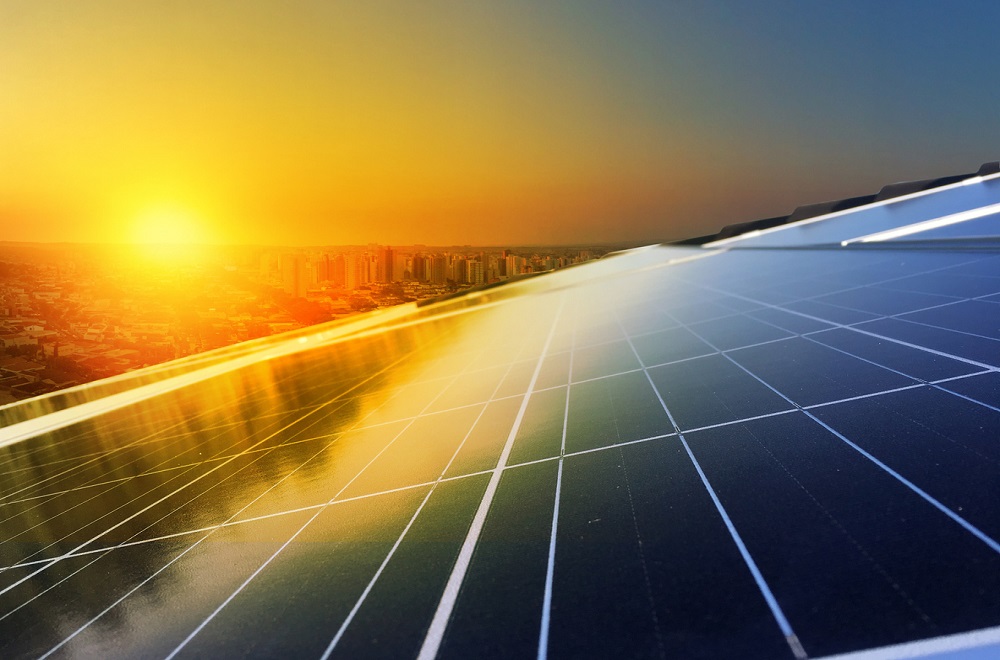When you invest in a Data Acquisition System (DAS) for your distributed generation (DG)/commercial and industrial (C&I) solar PV project, you're investing in the current and future success of your operation. Naturally, you want your investment to pay off with many years of effective and efficient energy production.
Nor-Cal Controls recommends these seven ways to ensure the longevity of your DAS.
1. Choose an open architecture DAS design
An open architecture DAS, as opposed to a proprietary or "black box" system, gives you the flexibility and scalability you need for the long-term functionality of your solar PV operation.
Open architecture allows you to use components from different manufacturers, giving you the opportunity to select the best components for your application in each category. Since open architecture systems use established "off the shelf" OEM equipment and hardware, it is much easier to find replacement components and/or upgrade existing components should devices fail or become outdated. This makes operations and maintenance (O&M) easier and more cost-effective as devices can be swapped and backup configurations downloaded without having to seek additional engineering or support. Readily available replacement parts are more affordable due to competitive pricing.
Open architecture systems are also "bolt-on compatible" so they can scale with your solar PV operation.
For more on how open architecture can help ensure the longevity of your DAS, see our article: "Advantages of Open Architecture Based DAS Solutions."
2. Utilize alarm notifications
Alarm notifications can alert you to equipment failures or dysfunction that could shorten the life of your components and system. Alarms can range from routine maintenance alerts all the way up to critical emergencies. Any piece of equipment monitored by the DAS can generate alarms.
Alarms are typically configured to be automatically sent to chosen recipients through email and text, but are also monitored through a Human Machine Interface (HMI)—a fancy term for a computer screen that displays site data. In their most basic form, DAS systems consist of networking equipment, an internet connection and a data logger. Not all DAS setups have an HMI. However, we do recommend using an HMI for all solar PV projects to make alarm and data monitoring more easily accessible. This can be a local (onsite) HMI, or a simple cloud-based remote HMI platform, which will suffice for most DAS sites. This solution can be more cost-effective for smaller solar PV sites.
Our article on HMI Requirements for Solar PV has more information.
3. Monitor site data
Data monitoring can also alert you to equipment failures or dysfunction that could shorten the life of your components and system, as data monitoring is what makes alarm monitoring possible. Data monitoring can also provide insight into equipment optimization and/or degradation that can help determine when components need to be serviced or replaced. By monitoring changes in value for certain data points over time, you can see if the corresponding devices are developing problems that need maintenance attention. If a device malfunctions, its historical data can provide clues into resolving the problem.
Storing this past data requires the use of a historian. Smaller sites using DAS typically will not require local (onsite) historian software and a dedicated server like larger SCADA sites do, as they don’t have nearly as many devices to monitor or the same need for long-term onsite data storage and advanced analytics. In most cases, a third-party, cloud-based historian platform will serve very well.
That being said, it is possible to implement a local historian for a DAS system using a PC-based data logger. Some DAS site owners will require this option for greater data monitoring and analysis capabilities.
You can learn more about historians for solar PV here.
4. Add controls functionality
Controls functionality enables your system to be flexible in anticipation of future changes in agreements and/or requirements.
By definition, a basic DAS does not have controls functionality. That's the main differentiator between DAS (Data Acquisition System) and SCADA (Supervisory Control and Data Acquisition). Both acquire and monitor data generated by plant devices, but SCADA adds control.
However, a control-ready DAS can be upgraded to add controls functionality if your solar plant grows, requirements change, and/or you need to be more hands-on in terms of plant operations. All of Nor-Cal’s systems are control ready. You can upgrade your DAS to a full SCADA system, or to a DAS/SCADA hybrid that incorporates some control capabilities, as well as an HMI and a cloud-based or local historian. If you begin with a rigid proprietary DAS that cannot be easily upgraded, you may have to start from scratch if you need a more advanced system in the future.
5. Keep on top of maintenance and upgrades
Even the best equipment and hardware can wear out, especially in rugged environments and conditions. The rapid evolution of solar PV, including regulations and requirements, means that your system will often need to evolve, too.
Maintenance and upgrades ensure the longevity of your system by ensuring that equipment is functioning properly and optimally.
6. Anticipate future needs
You can ensure the longevity of your system by anticipating future needs. This can be done using an open architecture system. For example, including extra ports for future equipment additions or including flexible devices and software that can network, serve, and poll data from a variety of system components.
7. Educate O&M teams
System longevity can also be increased by making O&M teams knowledgeable about their SCADA/DAS system. This allows them to identify, troubleshoot and resolve issues as they arise without letting them linger or go unnoticed.
Contact Nor-Cal Controls for a turnkey DAS that's customized to your current and future needs.
If you need to upgrade, retrofit or install a new DAS for your solar PV project, Nor-Cal Controls can provide the most efficient option in terms of function and cost. Our turnkey open architecture DAS solutions are designed with an eye for your current and future needs.
Schedule a call with us today.





